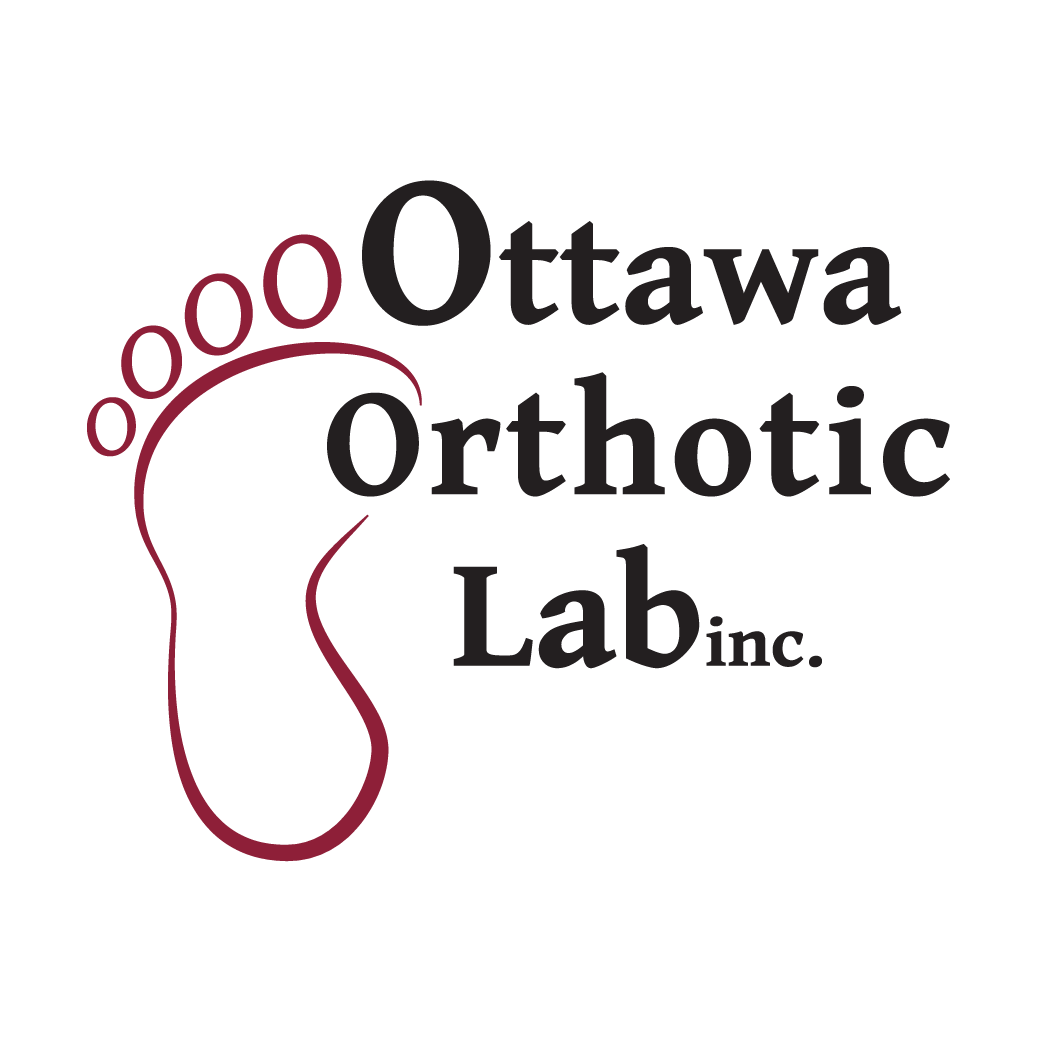Do your feet hurt when you first get out of bed in the morning? If so you may be dealing with the dreaded but often misunderstood condition known as Plantar Fasciitis.
The plantar fascia is a thick band of connective tissue that runs along the bottom of the foot from the heel to the ball of the foot. It’s main job is to support the arch of the foot, via the Windlass Mechanism, and in doing so it helps with shock absorption and push-off.
Plantar fasciitis means inflammation of the plantar fascia. Repeated microtrauma, particularly near to where the plantar fascia attaches to the heel, is thought to be the cause of plantar fasciitis.
Pronation, a flattening of the foot and inward rolling of the ankle, is the main way that our lower extremities absorb shock. Excessive pronation, which can be the result of foot structure or decrease range of motion at the ankle joint, can lead to increased tension on the plantar fascia resulting in inflammation and pain.
In contrast, a foot that doesn’t pronate enough, or supinates, can also lead to problems due to poor shock absorption and pressure distribution. This can lead to increased forces on the plantar fascia.
Changes in activity level, doing too much too soon, prolonged weight-bearing activities on hard surfaces (walking, standing, running, etc…), being overweight and poor footwear are also often contributing factors.
Signs and symptoms include pain under the foot, particularly at the heel and sometimes extending into the arch. The pain is usually worse when taking your first steps in the morning, or after long periods of non weight-bearing, but usually dissipates after a few minutes. Symptoms often return after excessive activity or at the end of the day.
Treatment ultimately depends on what’s causing the problem and may include a variety of methods:
Rest and anti-inflammatory techniques
Stretches for the plantar fascia and calf muscles
Strength exercises for the muscles of the feet (intrinsic) and ankles
Massage
Dorsiflexion night splint to stretch tissue
Foot orthotics (custom made or off-the-shelf) to help control improper foot mechanics
Proper footwear to control foot mechanics and to compliment orthotics
The best treatment plan will be decided between you and your local healthcare team here in Ottawa. Through a comprehensive biomechanical assessment and gait analysis, a Canadian Certified Pedorthist can help you to determine whether your foot pain is related to poor foot function, structure or biomechanics and what the best course of action is for you!

